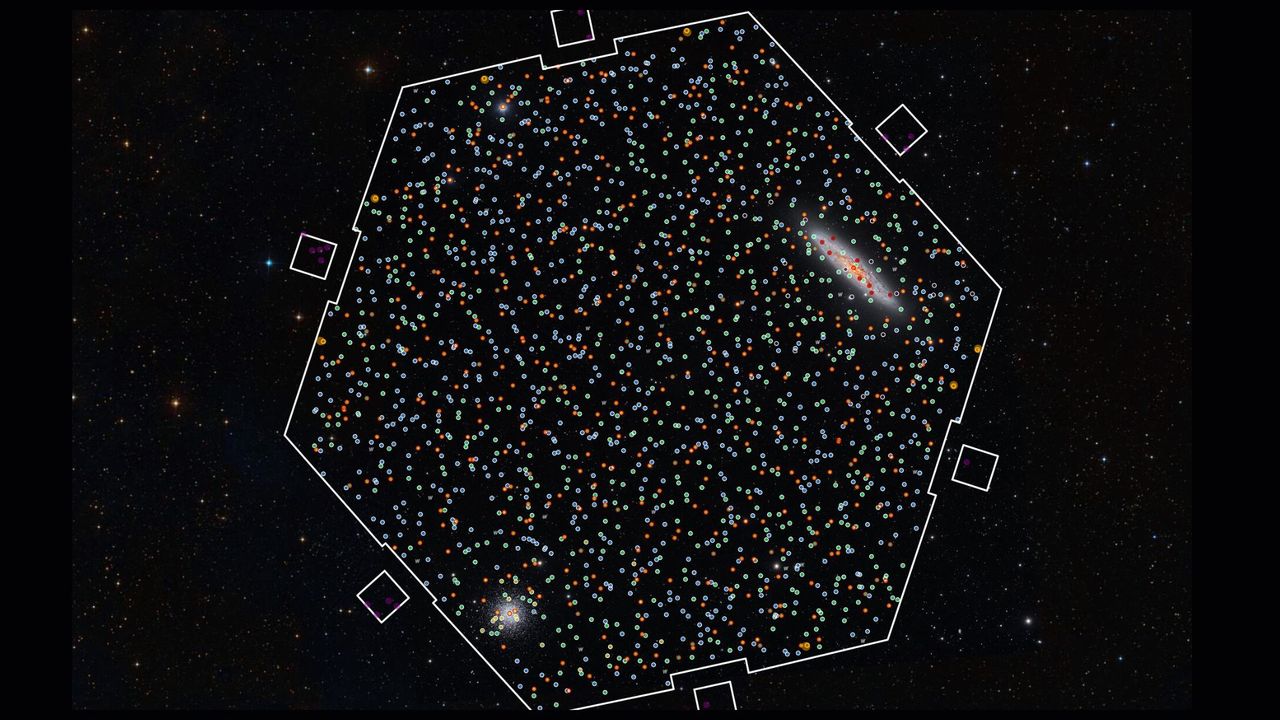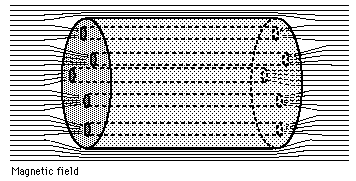The milky way galaxy's "black hole" center is a farce, along with dark matter. Electromagnetism, not gravity, explains why over 675 highly metallic peculiarly luminous cool and old aged red giant stars, are magnetically repelled outside our galaxy, into the outskirts of the intergalactic medium. Cooling metals inside old dying red giant stars become magnetized like magnets, attracting the stars orbits closer inwards over billions of years, and nearing the turbulent moving magnetized plasma vortex galaxy center. This explains the mystery of why there's an abundance of old metal rich stars near the center of the galaxy, but also it's where most new star formation is taking place in the galaxy's center. When the metallic rich red giant stars orbits finally approach very near the central region, they are magnetically repelled at hypervelocity speeds by the galaxy's magnetic field lines that form the bipolar north-south magnetic poles originating from the galaxy's center. The black hole theory for roque stars already has severe flaws: 1) why is there this selective wolf pack of over 675 cool metallic red giant hypervelocity stars? 2) Why wouldn't the stars be consumed by the black hole's gravity, being so near the center of the galaxy, instead of expelled out into the IGM?
Hypervelocity stars enrich the IGM with metals! Harvard Univ shows that IGM metals primarily reside in the WHIM filaments throughout cosmic history. 40% metals are in the WHIM at no redshift, at higher redshifts the proportion of metals in the IGM is higher due to more efficient loss from galaxies of their metals. IGM metals enhance cooling, allowing WHIM gas to cool upon galaxies where stars form. The WHIM is the warm-hot intergalactic medium, that is organized by million hot degree thin vast cosmic filaments. These nearly invisible filaments are extremely low density about 8 protons per cubic meter. They are so vast that most of the baryonic matter of the universe is within them.
Observational findings reveal low amounts of metals in the early universe. This is fully explainable without the big-bang theory. Observations show increasing galaxy redshifts, are from galaxies that are losing the most amounts of metals! Redshifts depend on the observers location and motion. Spectra predominantly shows that lesser amounts of metallics were in galaxies at higher redshifts in the "early universe" interpretation, but electromagnetic cosmology with the WHIM filaments and cosmic web filaments, correctly explains the universe. Galaxies form by ionized metals in the WHIM cooling and condensing out like Bose-Einstein condensates where galactic arm filaments form stars. Galaxies do not contract and form by gravity at all. Metals enter a galaxy, and metals are lost by galaxies. We see metals being lost by galaxies at high redshifts, and that increasing redshifts are dependent on the amount of metals, not on the interpreted expansion of the universe by it's age that is related to the amount of metals in stars and galaxies.
The WHIM's staggering large-scale size and electromagnetic forces combined with the majority of the actual universe's mass, makes gravity cosmology science teachings the writers of cartoon fantasies for imbeciles. My suggestion for Harvard scientists like Taotao Fang is to "search for line-of-sight WHIM filaments where hypervelocity stars are leaving the galaxy, traveling much faster than our galaxy's stars travel in the spiral arm sized filaments around the galaxy. Most likely hypervelocity stars are inside larger IGM filaments, and not thrust out randomly from the galaxy.
Hypervelocity stars enrich the IGM with metals! Harvard Univ shows that IGM metals primarily reside in the WHIM filaments throughout cosmic history. 40% metals are in the WHIM at no redshift, at higher redshifts the proportion of metals in the IGM is higher due to more efficient loss from galaxies of their metals. IGM metals enhance cooling, allowing WHIM gas to cool upon galaxies where stars form. The WHIM is the warm-hot intergalactic medium, that is organized by million hot degree thin vast cosmic filaments. These nearly invisible filaments are extremely low density about 8 protons per cubic meter. They are so vast that most of the baryonic matter of the universe is within them.
Galactic and intergalactic magnetic field lines intersect and reinforce each other, expelling metallic stars and ionized metals by galactic supernova winds into the IGM |
| Hypervelocity cool magnetized metal rich red giants expelled along intersecting magnetic field lines of our galaxy with the IGM magnetic field |
The WHIM's staggering large-scale size and electromagnetic forces combined with the majority of the actual universe's mass, makes gravity cosmology science teachings the writers of cartoon fantasies for imbeciles. My suggestion for Harvard scientists like Taotao Fang is to "search for line-of-sight WHIM filaments where hypervelocity stars are leaving the galaxy, traveling much faster than our galaxy's stars travel in the spiral arm sized filaments around the galaxy. Most likely hypervelocity stars are inside larger IGM filaments, and not thrust out randomly from the galaxy.







No comments:
Post a Comment